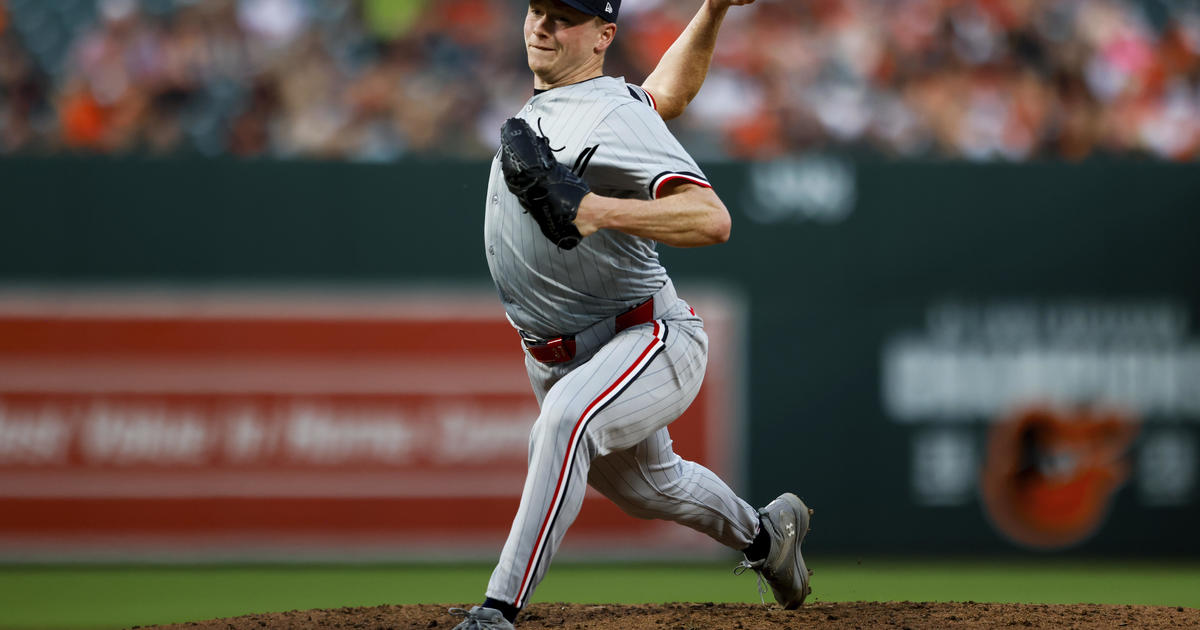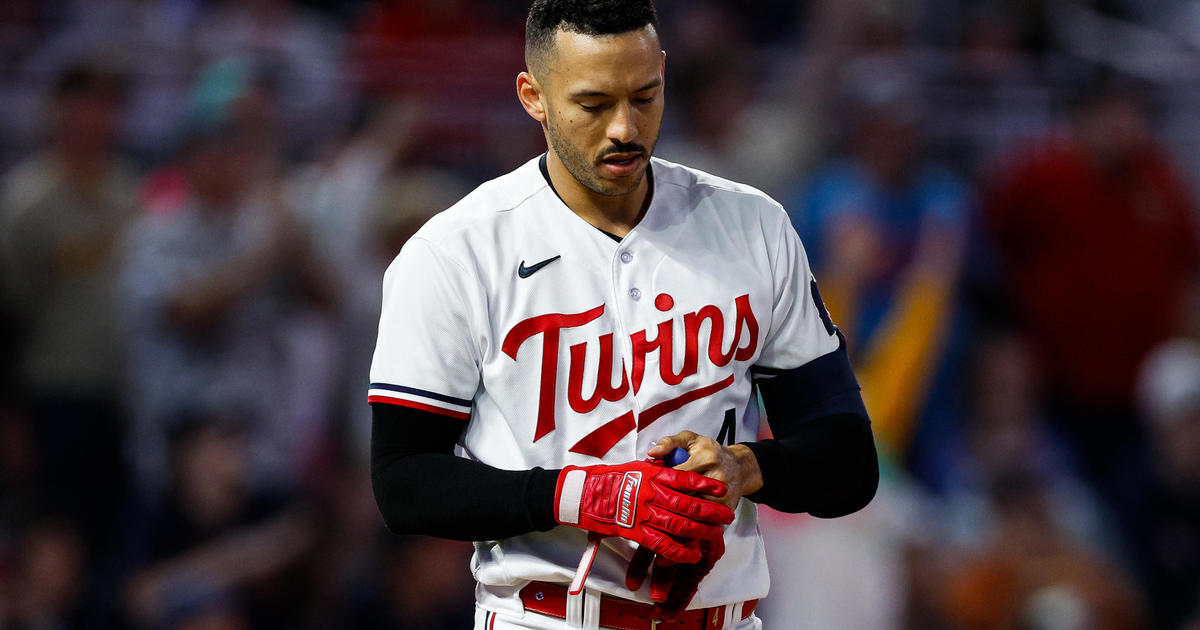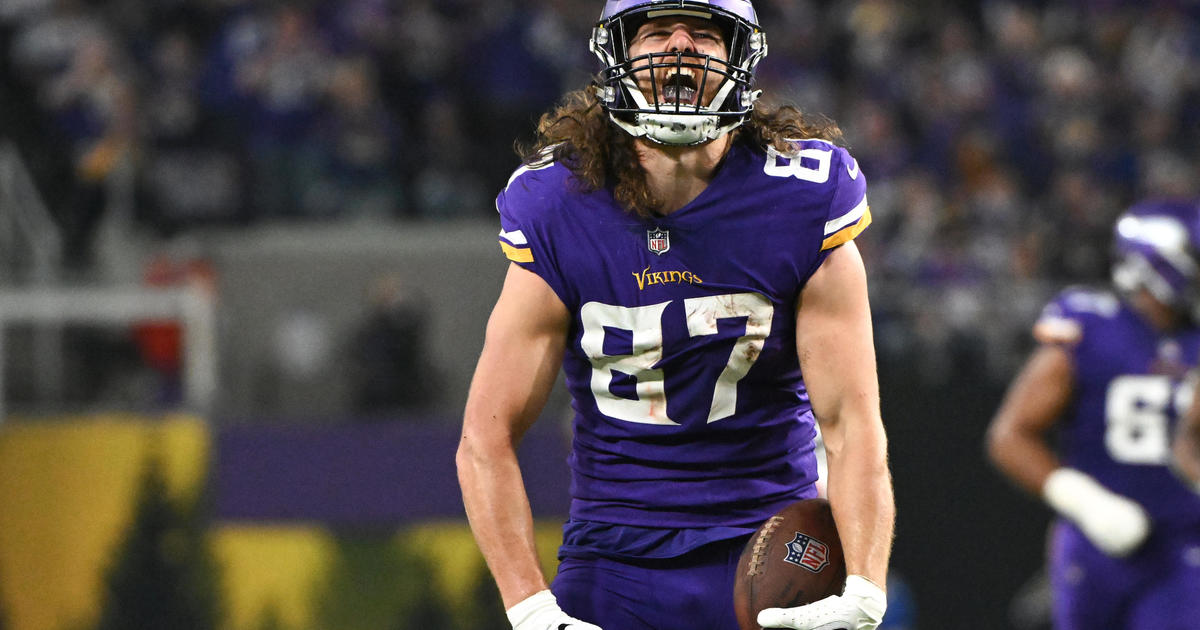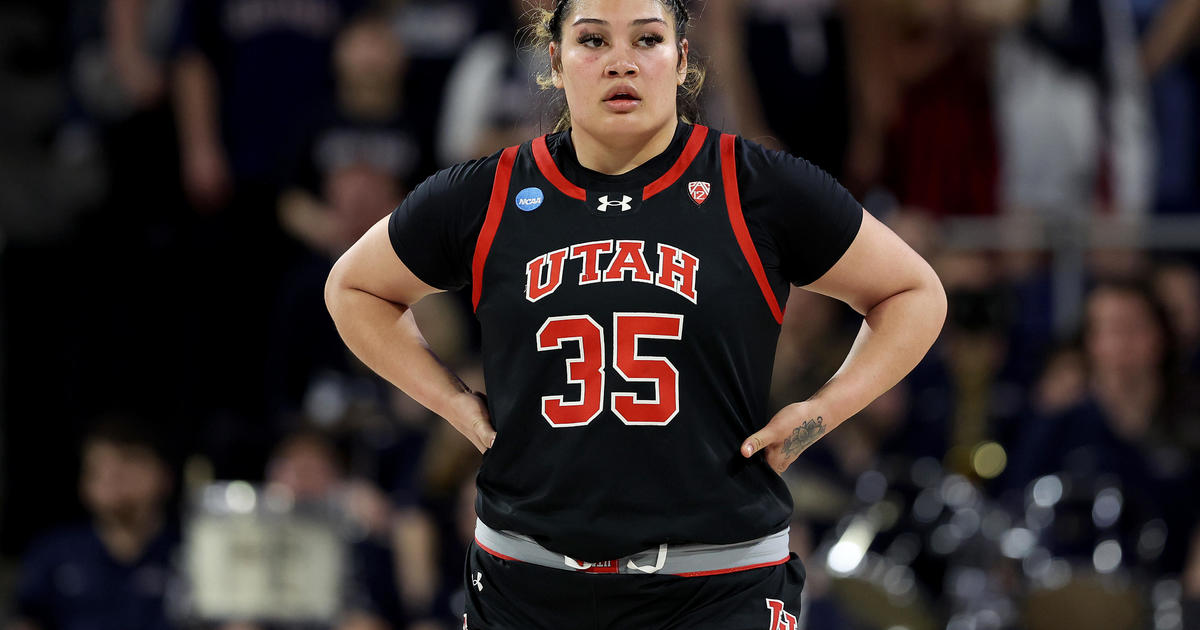Twins Blog: Kevin Correia
By Dan Cook
4.21/4.34... 4.79/4.38... 5.40/4.06... 3.91/4.14...
Those are the ERA's and xFIP's (Expected Fielder Independent Pitching, which attempts to isolate pitcher performance from defensive variance) for Twins starter Kevin Correia over the previous four years of his career. Two of those seasons having been spent with the Pirates -- two with the Padres.
So, when the Twins signed him to a two-year, $10 million deal this past off-season, it left many baseball fans scratching their head.
In a market full of mediocre starters, why would Twins GM Terry Ryan sign a right-hander, who in no obvious way stood out from the crowd, to a two-year contract when most of the comparable starters were being inked to one-year deals?
While it's too early in the season to declare complete vindication for Ryan, Correia's efforts so far seem to bolster the case that Ryan knew exactly what he was doing with the signing.
Coming into Sunday's start against the Rangers, Correia had an ERA of 2.86 in 28.1 innings pitched. And while his xFIP of 4.06 and baBIP of .283 would seem to indicate that he's been the beneficiary of more than his fair share of luck, you really can't argue with his results.
Even he's cautious to read too much into his early success, "I'm getting balls hit to people right now, and very easily when you go out there and get balls put in play a lot like I do sometimes those things can find a hole and it can seem really hard to get people out. Right now it's just going my way."
Conventional wisdom says that pitchers moving from the National to the American League tend to struggle, seeing their strikeout rate drop, on average, by a half-point and their ERA's rise around a half-run. Over the course of 30+ starts those number can and do have a significant impact.
So far, Correia's enjoying the transition to the American League style of baseball, "I think if I was in the National League I would probably have maybe 5 less innings than I do right now. Pitching in close games you're going to get pinch hit for and being able to go out there a little longer, it's fun. It's nice to be able to go deeper into games."
So why is Correia having success where so many others haven't? Again, one has to stress the importance of the small sample size involved. And the truth is, his numbers don't provide an obvious answer.
His ground-ball-to-fly-ball ratio is almost a full half-point lower than his rate last season. But even though he's getting fewer ground-outs, his home-run-to-fly-ball ratio is only half has high as last season, so far fewer of the fly balls that he's surrendering are making their way out of the park.
His strike out rate is right in line with past seasons, though his walk-rate is lower. Fewer free passes means fewer opportunities for cheap runs.
Sunday's result was Correia's best yet. He went 8 full innings, scattering 6 hits without giving up a run to a very potent Texas Rangers lineup and dropping his ERA to 2.23 on the season.
Manager Ron Gardenhire said, "He was unbelievable. His success is about throwing it over and working ahead in the count and I think we saw him do that pretty much all day."
Expectations have to be managed, however. Correia is the first Twins player to start his career with five straight quality starts since Ramon Ortiz in 2007. Ortiz ended up appearing in only 28 games that season with a 5.14 ERA before being traded to Colorado.
So while statistical analysis would seem to indicate that Correia's due to regress to his career mean at some point, so far in 2013 he's more than justifying the faith Ryan and the Twins showed in him this past off-season.



